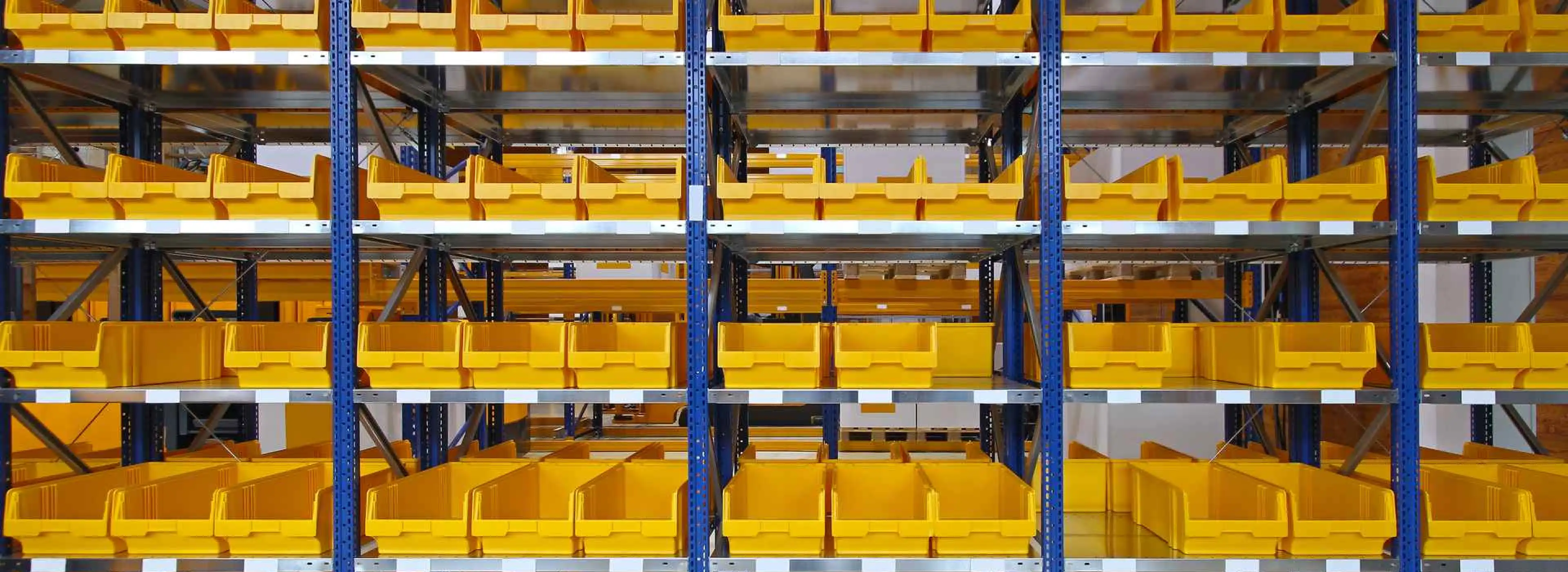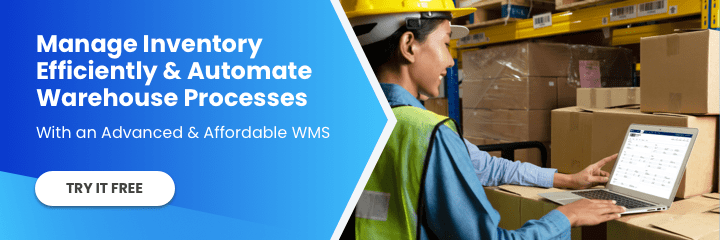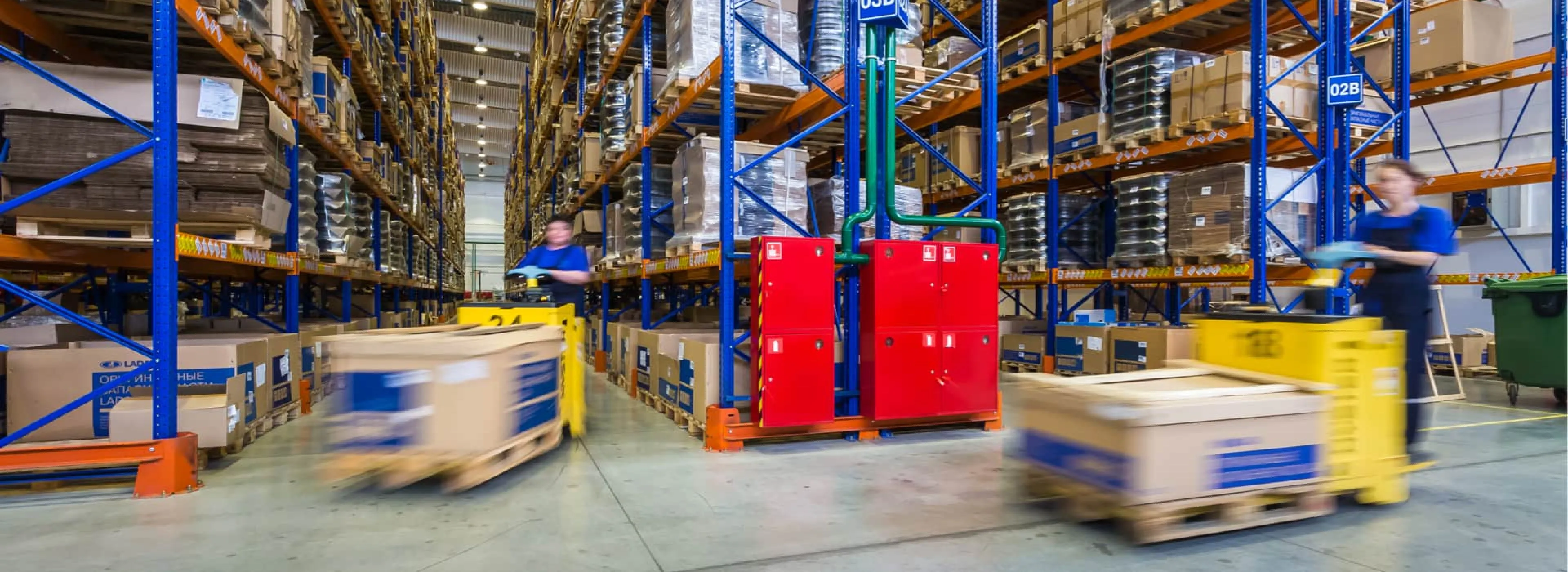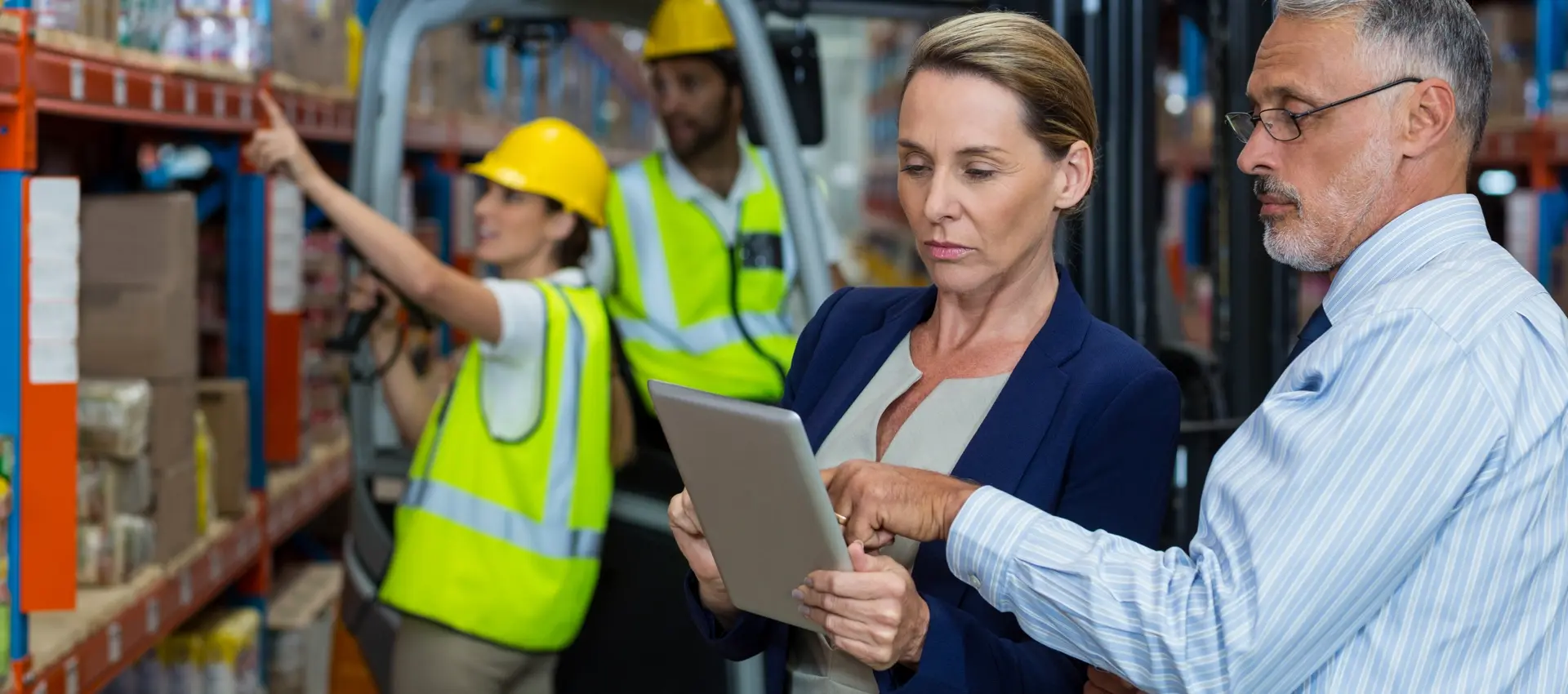For more articles on warehouse technology and optimizing warehouse processes, please follow us on LinkedIn, YouTube, X, or Facebook. If you have other inquiries or suggestions, feel free contact us here. We’ll be happy to hear from you.
E-commerce orders are smaller and more frequent, while customer expectations for speed keep rising. Is your warehouse struggling to keep up?
“A lot of companies have been caught off guard by the growth in e-commerce,” says Ian Hobkirk, founder and managing director of Commonwealth Supply Chain Advisors. This makes it important for warehouse managers to pay close attention to the significant changes that e-commerce creates in the warehouse industry–which we discussed in our previous article.
Click Here: Increase Your Warehouse Productivity With This Advanced and Affordable WMS
This time, we want to help you take the next step and prepare your warehouse for these changes. It’s important to not only have efficient processes to handle different types of orders but also to adopt the right technology and infrastructure. Here are five essentials that will help you get ready for e-commerce:
1. Start by Using the Cluster-Picking Strategy
Before e-commerce, warehouses and distribution centers were used to process bulk orders. Now, they are dealing with smaller orders and individual items, requiring a more efficient picking strategy.
Cluster-picking is an easy method to start with if you want to make your warehouse suitable for e-commerce. It’s a cost-efficient strategy that focuses on the picking of items instead of orders. In this method, a single picker collects multiple orders at one time and places them in separate totes to avoid errors. Cluster-picking decreases the travel time of workers, which accelerates the picking process and offers the potential to meet tighter delivery times.
Additionally, this method can be optimized using a Warehouse Management System (WMS), which provides the picker with an efficient picking path and indicates the exact item to pick and where to put it. A WMS is also capable of prioritizing item picking in cases where a set of orders needs to be prioritized over the others.
2. Use Slotting Optimization for an Organized Inventory
An organized warehouse is critical in the e-commerce era because proper organization makes warehouse processes such as picking and replenishment more accurate, easier, and faster. For this reason, warehouse managers should realize the importance of slotting optimization in preparing their warehouses for e-commerce.
Warehouse slotting is the process of identifying the most appropriate storage location for each product in your inventory. Slotting optimization allows warehouse workers to pick orders faster and, consequently, helps to enable next-day or same-day delivery, a popular option in e-commerce. This type of e-commerce warehouse layout also ensures you’re making the most out of your warehouse storage space.
It’s possible to optimize warehouse slotting manually. However, this process requires analyzing a great deal of data–at least a year’s worth, including seasonality and projected inventory growth. Therefore, we recommend investing in a slotting optimization system to save your valuable time for working on other important tasks.
3. Optimize Your Reverse Logistics Process to Manage Returns Efficiently
In the past, many companies didn’t have much interest in optimizing their reverse logistics process. This has made it difficult for them to manage returns in today’s e-commerce age, wherein providing a hassle-free return experience has become crucial in earning customer satisfaction. Hence, it’s highly imperative to optimize the reverse logistics process.
Strategies to optimize this process include dedicating an area for returns, determining KPIs, and integrating warehouse technologies.
4. Equip Your Warehouse with the Right Technology
Technological innovation is one of the best ways to address the challenges of e-commerce for the warehouse industry. However, many companies are still skeptical of investing in warehouse technology as it can require a significant amount of investment.
When it comes to preparing your warehouse for e-commerce, purchasing an army of robots similar to those of Amazon and FedEx is not necessary. Instead, you can start with relatively cheap warehouse technologies, such as mobile printers that can print labels wherever you are in the warehouse. This kind of technology can reduce the travel time of warehouse workers and increase warehouse efficiency.
Additionally, the use of tablets and other portable devices is becoming popular among warehouses as they allow connectivity among workers no matter their location within the facility. With the wide array of warehouse technologies available today, there is surely a warehouse solution that fits your needs and budget.
5. Upgrade to an Advanced Warehouse Management System (WMS)
According to Dwight Klappich, Research Vice President for Gartner, “With the increase in e-commerce and multi-channel fulfillment, many companies have realized that their existing system may fit their brick-and-mortar fulfillment environment, where the lowest level of picking is normally a case, but it’s a different set of WMS needs when you are doing many individual item picks for e-commerce.”
Continuing to use a legacy WMS in your warehouse can result in bottlenecks and delays in fulfilling a high volume of orders. This is because old WMS solutions have limited capabilities, including the inability to utilize modern warehouse technologies.
Thus, when preparing the warehouse for e-commerce, it is strongly recommended that an advanced WMS system be upgraded to one that works well with modern technologies such as mobile devices, dimensioners, and others. Leveraging new technologies will help you optimize warehouse processes and enable you to take on some of the key challenges associated with e-commerce.
As e-commerce expands over the years, warehouses and distribution centers should prepare to support consumers’ changing demands. You can start small by either choosing more efficient picking methods or implementing advanced technologies.
If you feel ready to take the next step and expand into e-commerce, you can visit our solutions finder tool to find the right technologies to prepare your warehouse.












